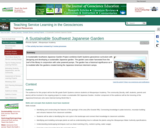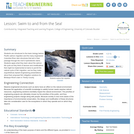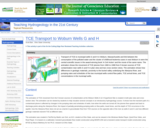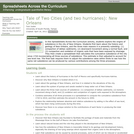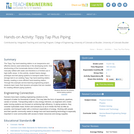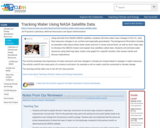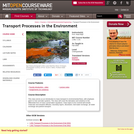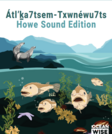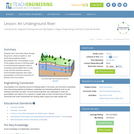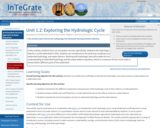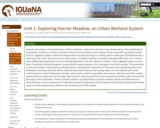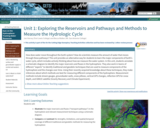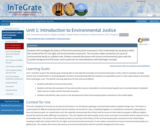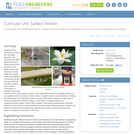
Surface tension accounts for many of the interesting properties we associate with water. By learning about surface tension and adhesive forces, students learn why liquid jets of water break into droplets rather than staying in a continuous stream. Through hands-on activities, students learn how the combination of adhesive forces and cohesive forces cause capillary motion. They study different effects of capillary motion and use capillary motion to measure surface tension. Students explore the phenomena of wetting and hydrophobic and hydrophilic surfaces and see how water's behavior changes when a surface is treated with different coatings. A lotus leaf is a natural example of a superhydrophobic surface, with its water-repellent, self-cleaning characteristics. Students examine the lotus effect on natural leaves and human-made superhydrophobic surfaces, and explore how the lotus leaf repels dewy water through vibration. See the Unit Overview section for details on each lesson in this unit.
- Subject:
- Applied Science
- Engineering
- Hydrology
- Physical Science
- Material Type:
- Full Course
- Unit of Study
- Provider:
- TeachEngineering
- Provider Set:
- TeachEngineering
- Author:
- Chuan-Hua Chen
- Date Added:
- 09/18/2014
